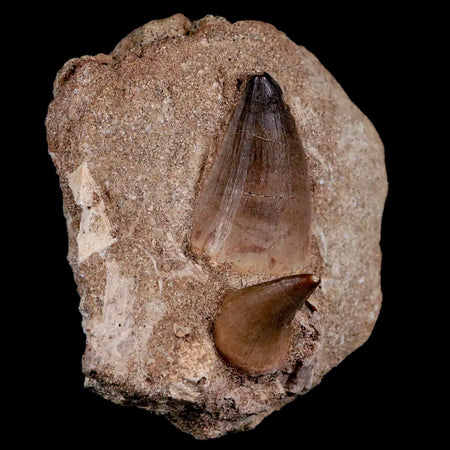8.5" Turtle Skull Lytoloma Elegans And Shark Vertebrae Fossils In Matrix Cretaceous Stand
Location: Phosphate bed deposits near Khouribga, Morocco.
Weight: 4 Pounds 7.1 Ounces
Dimensions: 8.5 Inches Long, 6.5 Inches Wide, 3 Inches Thick (Matrix)
Comes with a Free Custom Made Metal Stand.
The item pictured is the one you will receive.
This is a Genuine Fossil.
Lytoloma elegans is a species of turtle that lived during the Cretaceous period in what is now Morocco. The Cretaceous period, which lasted from approximately 145 to 66 million years ago, was a time when dinosaurs roamed the Earth and diverse marine reptiles inhabited the oceans. Lytoloma elegans is believed to have been a small to medium-sized turtle that likely played a role in the ecosystem of ancient Morocco.
During the Cretaceous period, Morocco was part of a landmass known as Gondwana, which included present-day Africa, South America, Antarctica, Australia, and the Indian subcontinent. The geological history of Morocco during this time was characterized by shifting sea levels and the presence of shallow seas that supported a rich diversity of marine life.
Fossils of Lytoloma elegans have been found in sedimentary rocks in Morocco, providing valuable insights into the evolutionary history of turtles during the Cretaceous period. These fossils help paleontologists understand how turtles adapted to different environments and how they interacted with other organisms in their ecosystems.
Please be aware of the nature of fossils:
Being buried under the ground for millions of years under tons of pressure tends to be rough. No fossil comes out of the ground whole and perfect. Most fossils have undergone some restoration, while others are altered by man simply to enhance their presentation in different ways. The workers in Morocco do a very professional job, of unearthing and preserving these natural treasures, however, commonly natural cracks are visible on the surface. These are part of the natural beauty of the fossil and are not considered defects.






















